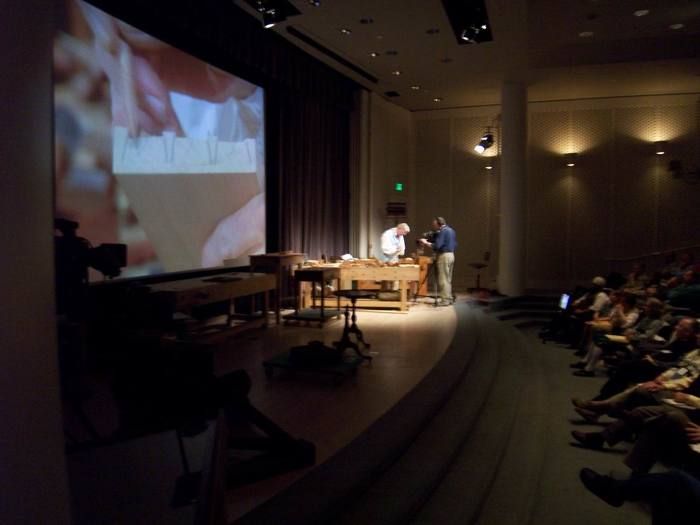
As always the Williamsburg cameramen provided close-up views of the action as the crowd looked on. Here, Williamsburg cabinetmaker Kaare Loftheim points out a key detail as he dovetails the apron of a table.
This is day three at the Working Wood in the 18th Century conference, held each winter at Colonial Wiliiamsburg, and co-sponsored by Fine Woodworking. This year’s theme is a departure. Instead of focusing on a specific type of furniture (e.g chairs, tables, etc), the focus is on one of our most captivating founding fathers, and the furniture he collected and had made for his world-reknowned country estate. Monticello itself is one of the stars of the conference, and its head conservator, Bob Self, treated the crowd to a slideshow tour of Monticello’s internal timber-framing, including how the carpenters worked out a way to make a dome like the ones their master had seen in France.
Monticello has been placed on the world list of historical sites, and I kick myself for not having visited this homegrown neo-Classical masterpiece, which was unique in its day. As one visiting French marquis remarked dryly, “Jefferson is the first American who consulted the fine arts when considering how to shield himself from the weather.
Jefferson’s tastes in furniture were eclectic and always practical. Today, Willamsburg apprentice cabinetmaker Bill Pavlak continued the joinery on the Campeachy Chair, excavating the lap joint that connects the criss-cross legs. The chair is Jefferson’s best-known piece, a slung-back “easy chair” with Spanish origins that he found to be a relief from the upright chairs of the day.
The other pieces being built at the conference are more mechanical in nature but just as fascinating, used to support Jefferson’s daily habits of reading, drawing, and writing. My favorite is a stand-up reading and drawing desk, that folds upward and out to present a tilted surface for propping a book, and a flat pullout shelf for writing that pulls out like a drawer yet is supported by its own legs. Jefferson stood at this desk, keeping his body and mind active as he worked. I’ll have to try that in my office.
This year almost all of the hands-on woodworkers are from Williamsburg’s cabinetry and carpentry shops. But the lack of outside blood didn’t hurt the show at all. The Willamsburg guys have to build real things every day, in front of onlookers, using only 18th-century tools, many of which are made in the blacksmith shop onsite. And they work by the light from windows! So they are the real deal when it comes to hand tools, consciously and unconsciously demonstrating hundreds of those invaluable tips that make all the difference.
The exception was Roy Underhill (though he, too, worked at Williamsburg in the past). The TV personality literally tore through the making of a clever little folding bookstand, starting with a walnut log and cleaving out a thick slab. Like every great performer, his project had a big ah-ha moment at the end. He precut the knuckle joints in the slab, and then when he resawed the board into halves with a big bowsaw, the stand folded open on its own, to a big roar from the crowd.
If you have never attended this annual conference, you should. The setting is wonderful, of course, but you will leave an inspired furnituremaker, with a much better idea of how hand tools, when used right, can produce unmatched results in wood and connect you to the past in a profound way. Last but not least, you’ll share beer, coffee, and war stories with curious, down-to-earth woodworkers just like yourself.

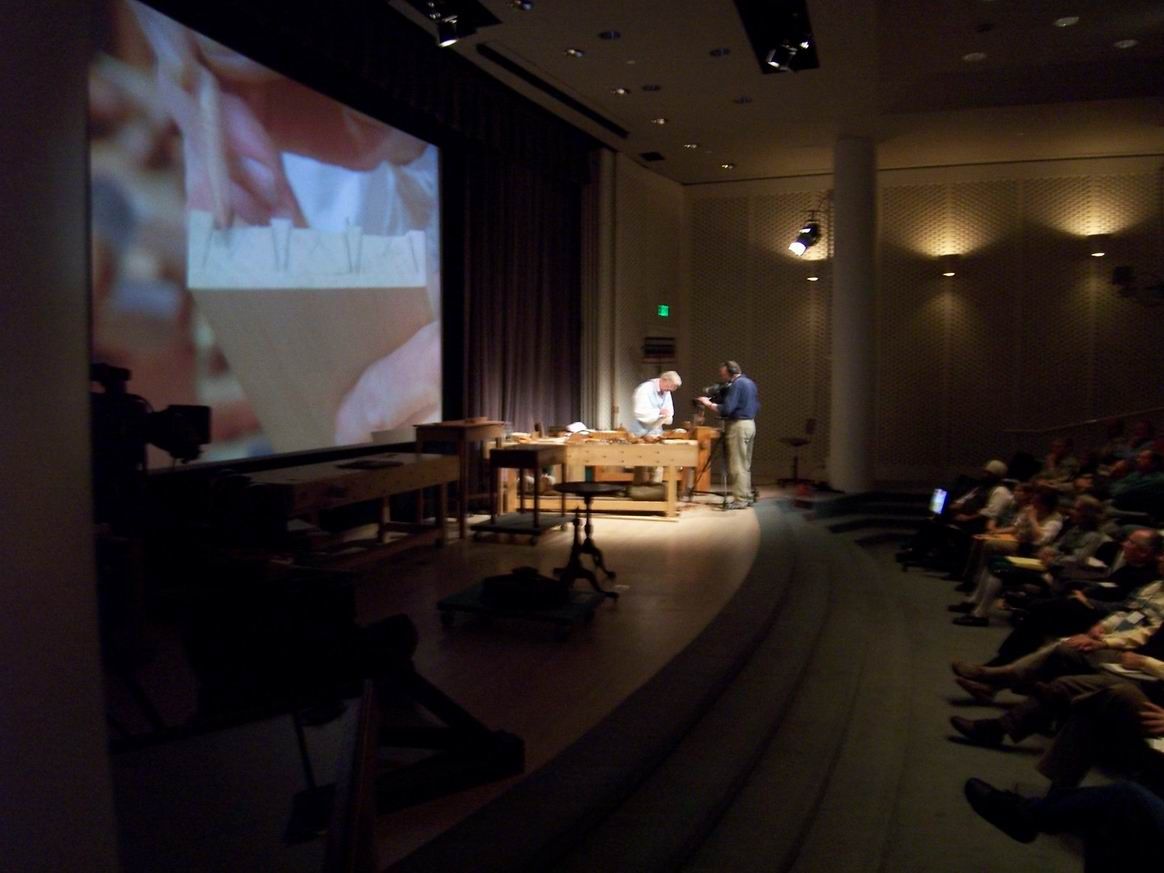
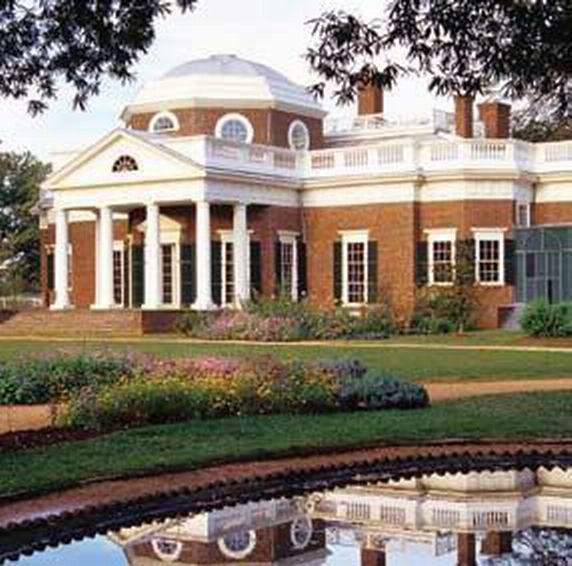

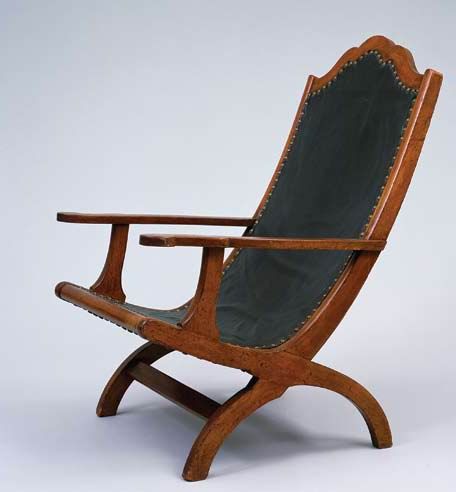
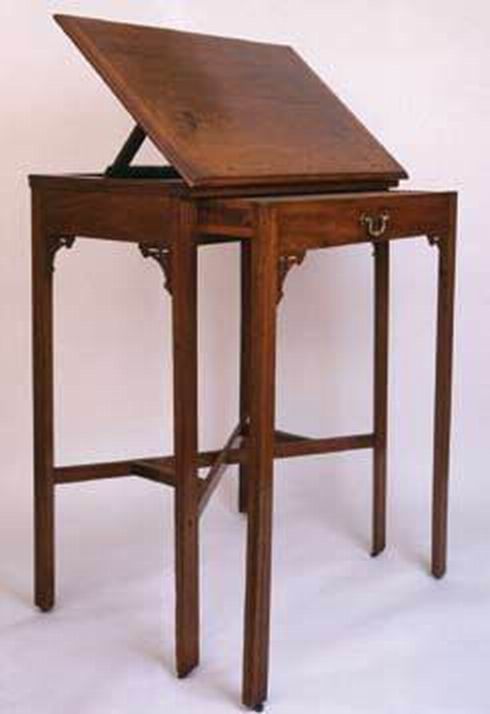
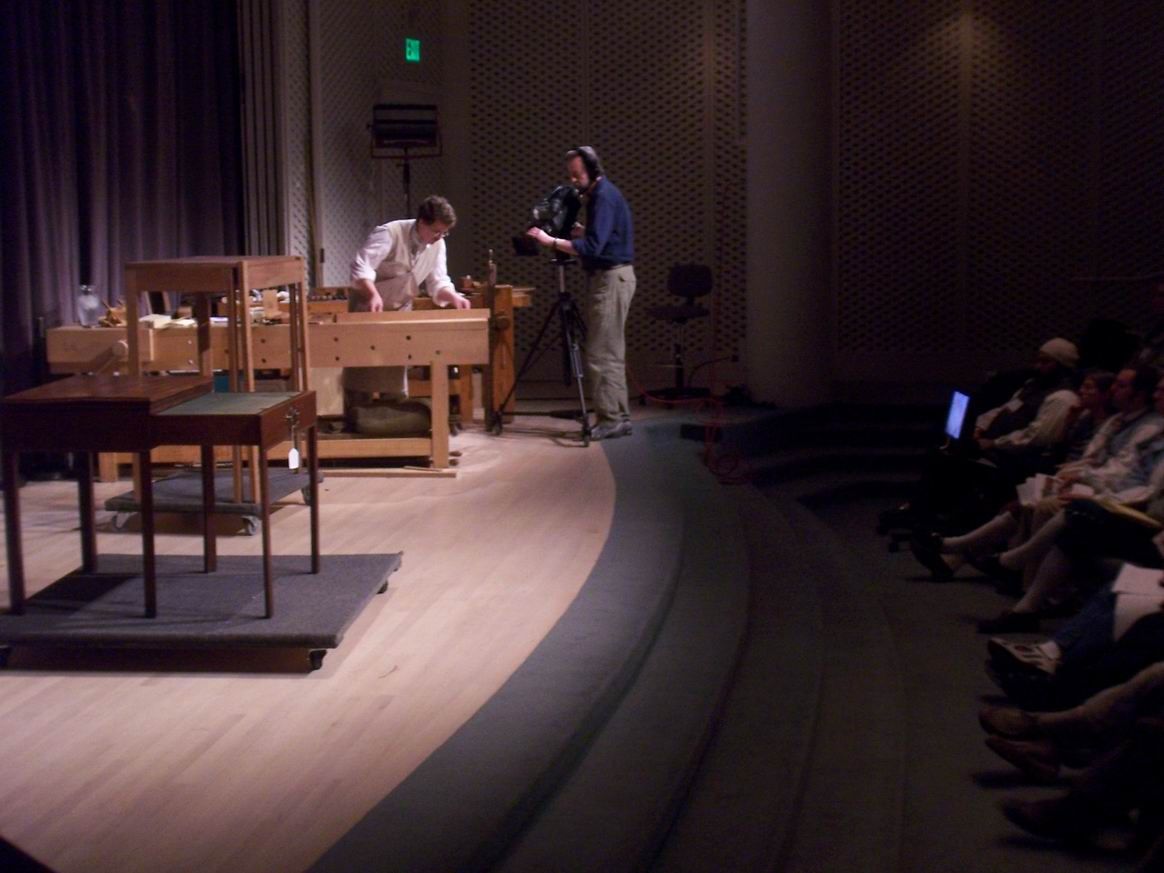
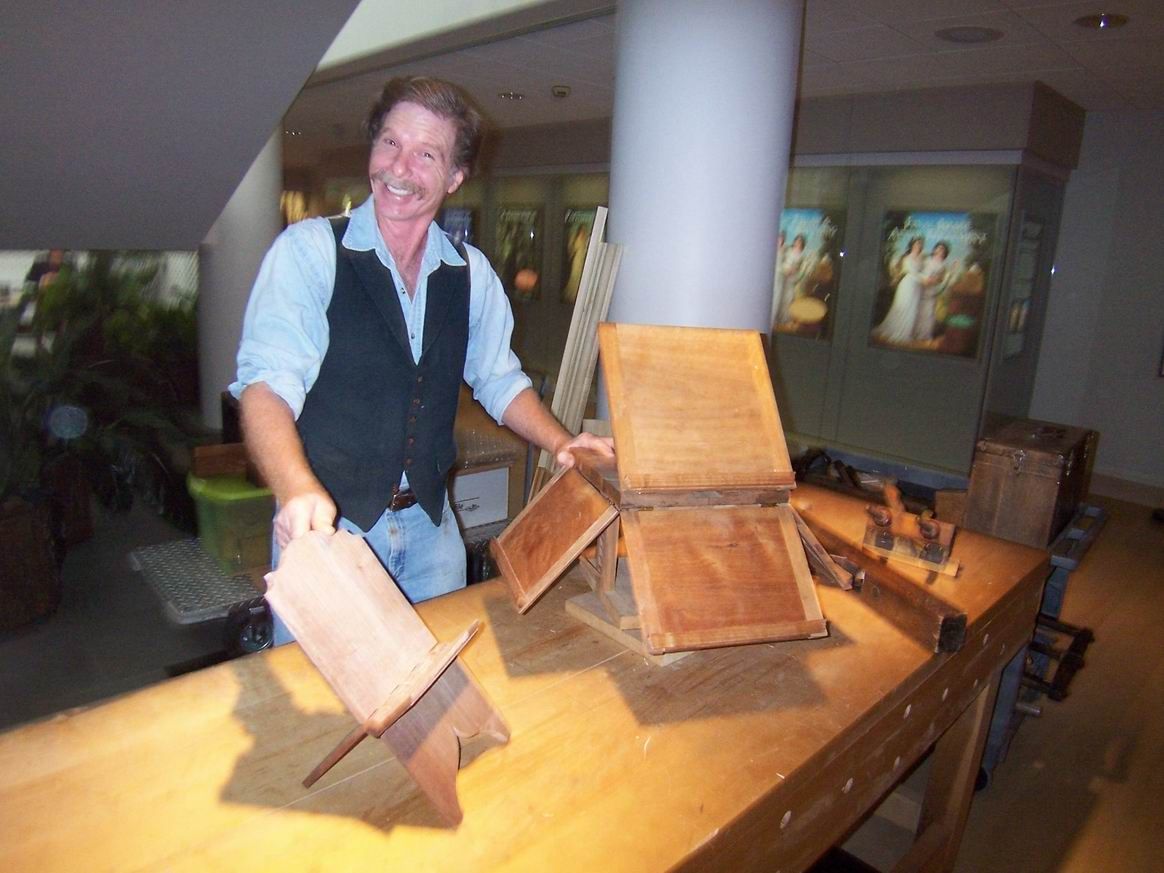





















Comments
Cool Asa. I recognized the Campeachy chair http://www.monticellocatalog.org/111006.html. A Louisiana furiture, Greg Arceneaux, told me about the Jefferson connection... check out my shaky video of it here if you dare, time code: 2:14: https://www.finewoodworking.com/ProjectsAndDesign/ProjectsAndDesignArticle.aspx?id=30235.
Interesting to hear that it came up in Williamsburg too. Arceneaux told me that Jefferson ordered a dozen of them back in the day but the ship sunk so Jefferson was only able to receive two...
Anywa, enjoy the rest of the show.
Having gone to the first 8 sessions, I can tell you there is something to learn at every session. Its very enjoyable. I must say- the best session I attended was the Metal working in the 18th century which included: riflemaking, silversmithing, and the blacksmith. They had break out sessions at the work-sites and you got to do "hands on work" as part of the deal.
One year FWW/CW offered the attendees an opportunity to visit the shop where they use modern tooling to make the reproduction tools for the historic work areas. What a gold mine. I got to visit with George Wilson(former musical instruments) and Jon Laubach(former riflesmith).If CW offers to let FWW/CW attendees visit the tooling shop, make a point of visiting the place
dan
Thanks, Gina. I added a picture of Jefferson (Bill Barker) speaking at the banquet. To be honest, I expected it to be a little corny, but he was just the opposite. He was totally committed to the character, and masterful at it. I was inspired by his first-person stories about the early days of the democracy, how he went about researching and writing the Declaration, etc. He was a true renaissance man, like most of the founding fathers, with a powerful, independent mind.
And DanMart is right about the special treatment that Col. W'burg gives the attendees. Spending a bit of extra time down there really fills out the experience.
Thanks for the report, Asa. The conference sounds like a wonderful opportunity.
By chance, does either the Colonial Williamsburg Foundation, or Taunton, do DVDs of the sessions for sale to those of us out here on the frontier? (I have a roadrunner chasing a lizard on a treadmill to power my DVD player. ;-) )
Great coverage Asa and I am so jealous. I had planned on making it down to this event and it just isn't in the cards. I was in Wiliamsburg back in mid October and got to watch the guys in the Hay shop working on these pieces for the show. I got to watch a lot of work on the Campeachy Chair and it has since made it onto my list of must build projects. Thanks for covering this for the rest of us who can't make it.
Asa
Like to hear about the second session and the SAPFM banquet. The two sessions usually have unique personalities.
The fact that some of his furnature did " double duty " is a hugh attraction to me. The making of fine furnature is great, but to have that same piece, be a "working piece" get`s MY ATTENTION.
Thanks, all. Answers to a few of your questions:
Mark Schofield, our managing editor, attended the second session and will be blogging about the SAPFM (Society of American Period Furniture Makers) and the special awards to Steve Lash and Mickey Callahan.
Willimasburg doesn't do a DVD of the show footage. It is a great live show, but it is hard to turn 15 or 20 hours of rambling stuff into a good DVD presentation. From my own experience at Taunton, I know that you have to have a tight script for a successful production.
Asa,
I am a charter subscriber to FWW and I have attended 7 out of the last 8 Williamsburg conferences. FWW does a wonderful job in sponsoring the event and I look forward to many future conferences.
My favorite issue was with the centerfold of a chest on chest. I always enjoy the detailed articles on furniture construction such as Chris Becksvoort's recent article.
What is the possibility of a similar article on TJ's stand up desk?
I hope Mark found his coat.
Asa,
Thank you for a great article. With so much emphasis today on high-tech it is nice to see that so many appreciate the art and ingenuity of the American craftsmen from our history.
I grew up within walking distance of Colonial Williamsburg and now am blessed to be living within sight of Thomas Jefferson's Monticello. If ever you have an opportunity to visit his beautiful home and the "Academical Village" that he founded, designed and built (the University of Virginia) you will be able to truly understand the genious of this Founding Father.
You have given me another reason to love your publication. Keep up the fine work.
Hydroelectricguy--
Mark Schofield (who attended the 2nd session) and I did talk at length about whther FWW should do one of the projects at the conference as a project in the magazine, since all of the pieces were intriguing in their own way.
I can tell you that we decided not to do the stand-up desk. The equation when it comes to magazine articles is always, "How many people do we think will actually build this?" The trouble with this desk is that it is not terribly practical for modern life, so only a small percentage of readers will actually take it on.
We only do about 15 project articles a year in the magazine, so we have to choose them very carefully. That said we do find other ways to feature cool pieces like this one. Sometimes a nice piece doesn't merit a project article, but it might serve as the example piece for an article on a specific technique.
So stay tuned!
Log in or create an account to post a comment.
Sign up Log in